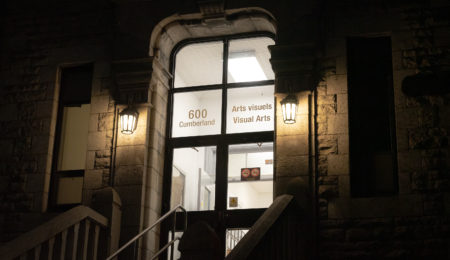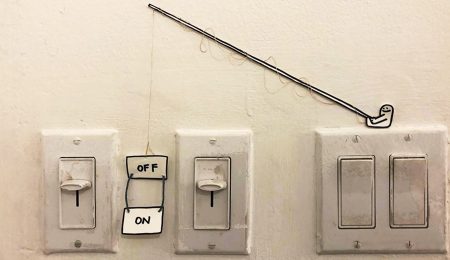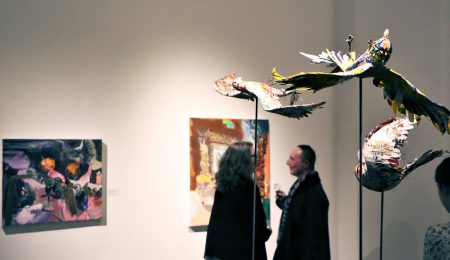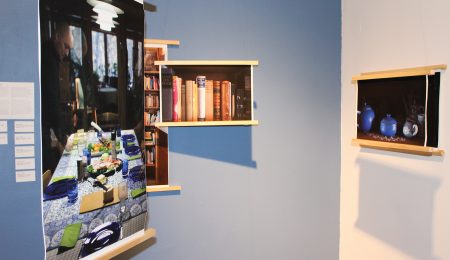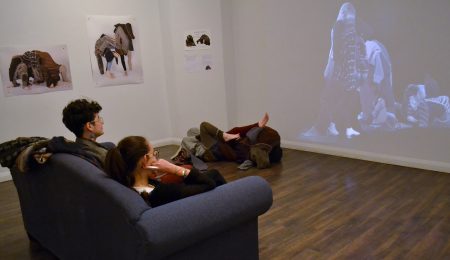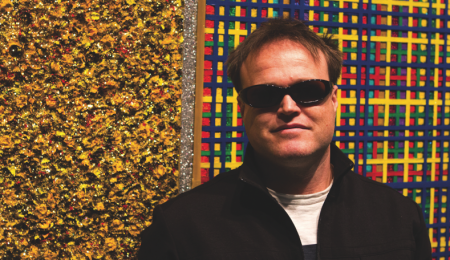Students and professors alike seem to be happy to be back in the classroom and excited to be creating art in a space dedicated to it.
gallery 115
In what the Gallery 115 directors called an “unprecedented incident” in a statement, the artwork of first-year visual arts student Emily Lombardo was crossed out “hostilely” with a black marker.
In Proximity at Gallery 115 promises to get visitors thinking about their own role as spectators in a gallery.
Both Neufeld and Davidson worked in collaboration to display a metaphorical approach to feminism in art. They are not afraid to question authority and are strong advocates for all female artists, both past and present.
The name of the exhibition, Inter-NoUs, is a bilingual play on words that captures that relationship across different artistic practices and generations.
“Textiles have had a (checkered) history in the art world—because textiles are associated with women—they were often considered a lower medium, and (lacked) much of a place in (the) fine art (world).”
The interpretations of “avian” ranged from life-like ceramic owls to performance pieces about Twitter.
Lalonde pointed out that the number of artists using multimedia in this exhibit is part of a growing trend in the wider art world. As technology increases and becomes more accessible, artists are exploring ways to use common technologies in unique ways.
The pieces combine painting and technology to enhance and introduce a new contemporary art form.
U of O students bring talent to cross-province culmination at Gallery 115.
The exhibit is the brainchild of second-year visual arts students Kelsea Shore and Sarah Elizabeth Beltrame and features paintings by Beltrame, an installation piece by Shore, performative pieces by the dancing thneeds, and an interactive piece where you can become a part of the art yourself.
When assigned with the theme of water, Razek says the group wanted to approach the subject in a more psychological context, studying controversial water conservation issues in Canada, “and how contemporary art can play a role in that.”
University of Ottawa visual arts professor Dr. Michel Luc Bellemare is turning the world of abstract art on its head—or at least approaching it from a new angle.

